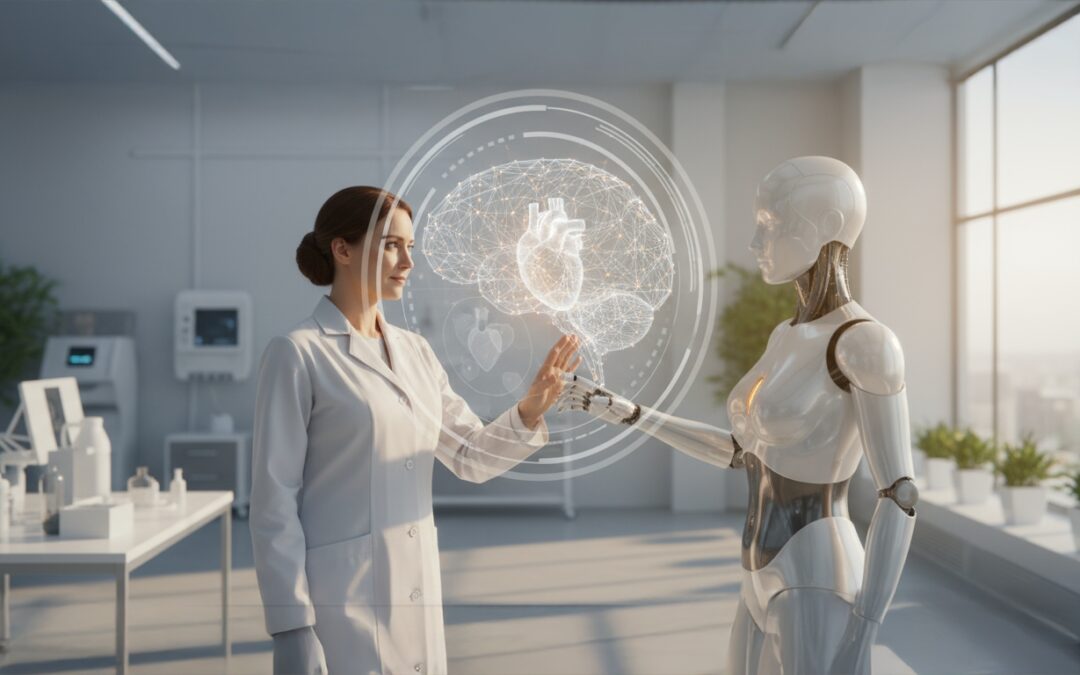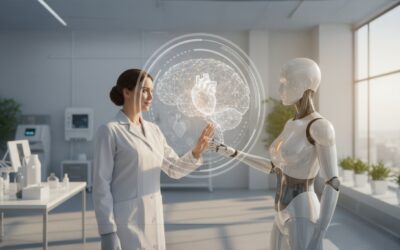Healthcare has long understood that safety depends on process, not perfection. Checklists, timeouts, and structured handoffs exist to prevent the predictable human errors that arise in complex environments. These principles—refined through aviation safety models and human factors research—offer a proven path for governing artificial intelligence. As AI becomes more embedded in clinical decision-making, our task is not to replace these human systems but to extend them into the digital realm. The best model for safe AI already exists; we need to recognize and apply it.
Learning from Proven Safety Systems
Industries where safety is paramount—healthcare and aviation—operate through layers of redundancy. Surgeons conduct a “timeout” before every operation. Pharmacists verify dosages independently of prescribers. Pilots utilize standardized checklists and digital alerts to ensure that nothing is overlooked. Each step assumes the possibility of error and designs the process to catch it before harm occurs.
AI oversight should mirror these same principles. Two or more systems can cross-validate results, identifying anomalies in real time. Automated monitors can flag drift or bias, while human reviewers interpret those findings and decide on corrective action. The result is not bureaucratic control but an intelligent safety net—an ecosystem where machines and people jointly sustain trust.
Like the electric motor, AI should augment human strength, not replace it. The motor amplifies effort yet always remains under human control. We would never allow it to operate without a switch, regulator, or emergency stop button. AI deserves the exact boundaries—explicit constraints that ensure it serves its operator, not itself.
Engineering Humility into Intelligence
One of medicine’s greatest strengths is its cultural acceptance of humility. Great physicians routinely say, “I don’t know.” These words are not weakness but wisdom, an acknowledgment that uncertainty drives curiosity and collaboration. Physicians consult colleagues, request second opinions, and rely on specialists precisely because they recognize and respect the limits of their own knowledge.
 AI designed with this same humility—an ability to express uncertainty rather than overconfidence—becomes exponentially safer. A model that says, “I don’t know enough to answer,” invites human review rather than uncritical acceptance. In medicine, this kind of humility is a safeguard against arrogance; in AI, it is a safeguard against harm.
AI designed with this same humility—an ability to express uncertainty rather than overconfidence—becomes exponentially safer. A model that says, “I don’t know enough to answer,” invites human review rather than uncritical acceptance. In medicine, this kind of humility is a safeguard against arrogance; in AI, it is a safeguard against harm.
Designing humble AI requires new research and standards that reward transparency over bravado. Systems should be scored not only on accuracy but also on their capacity to recognize when confidence is misplaced. Just as ethical physicians disclose risks to their patients, ethical algorithms should disclose uncertainty to their users.
Ethics and Empathy as Design Principles
Beyond humility lies conscience—the ethical compass that ensures intent aligns with humanity’s well-being. In healthcare, empathy and ethics are inseparable from science. They transform technical skill into compassionate care. AI must be built to reflect those same values.
The technology sector provides a cautionary tale. Browser cookies, behavioral targeting, and social media algorithms manipulate users in ways that often undermine their best interests. These systems operate within the bounds of capitalism but outside the boundaries of empathy. Healthcare cannot afford to repeat that mistake. Here, algorithms influence not what we click, but whether a patient lives or dies.
Building “conscience AI” means ensuring that every model is guided by an ethical framework that values patient welfare above all else. Clinicians, ethicists, and technologists must collaborate to define those boundaries, embedding empathy into both the design and deployment phases. Such governance will not slow innovation; it will make innovation sustainable.
Clinicians as Guardians of Trust
Clinicians remain the bulwark against harm. Patients grant them unconditional trust, believing that their decisions are motivated by compassion and competence. That trust now extends to every tool clinicians use—including AI. With that trust comes obligation: to protect patients from malicious, biased, or poorly tested algorithms.
Physicians must participate directly in AI development and evaluation, lending both scientific rigor and moral perspective. Peer-reviewed validation should be as central to AI deployment as it is to publishing clinical trials. Ethics committees and quality boards should include digital governance as a standing agenda item. Only through such integration can healthcare maintain its moral authority in an age of intelligent machines.
Governance alone cannot create conscience; human values must animate it. Just as we teach medical students to balance evidence with empathy, we must teach AI developers to balance capability with responsibility. The goal is not an artificial conscience but a human-led conscience within artificial systems.
Never Relinquish Control
Technology’s appeal lies in its promise to make life easier, but convenience often invites complacency. We cannot allow that to happen here. Machines may calculate faster, but they do not share our ethics, emotions, or sense of accountability. The moment humans stop engaging—stop monitoring, questioning, and testing—AI will drift away from the very purpose it was created to serve.
Healthcare’s challenge is therefore twofold: to harness AI’s potential while never surrendering human oversight. Engagement, not automation, is the path to safer care. Clinicians and leaders must demand transparency from vendors, insist on continuous validation, and support governance frameworks that measure AI against outcomes that matter: quality, safety, access, and cost.
If we do this well, AI will become what it should have been from the start—a partner in healing, not a force that dictates it.
From Governance to Conscience
The future of healthcare AI will not be defined by how quickly we innovate, but by how responsibly we apply what we create. Governance establishes the boundaries; conscience gives those boundaries meaning. When humility, empathy, and human oversight guide technology, AI becomes a trusted partner rather than a threat. The challenge now is not to build smarter machines, but to ensure that the intelligence we design always serves the values that make medicine human.
📩 Subscribe to Future-Primed Healthcare: https://barrychaiken.com/fph
🌐 Explore more insights: https://barrychaiken.com/sl









0 Comments